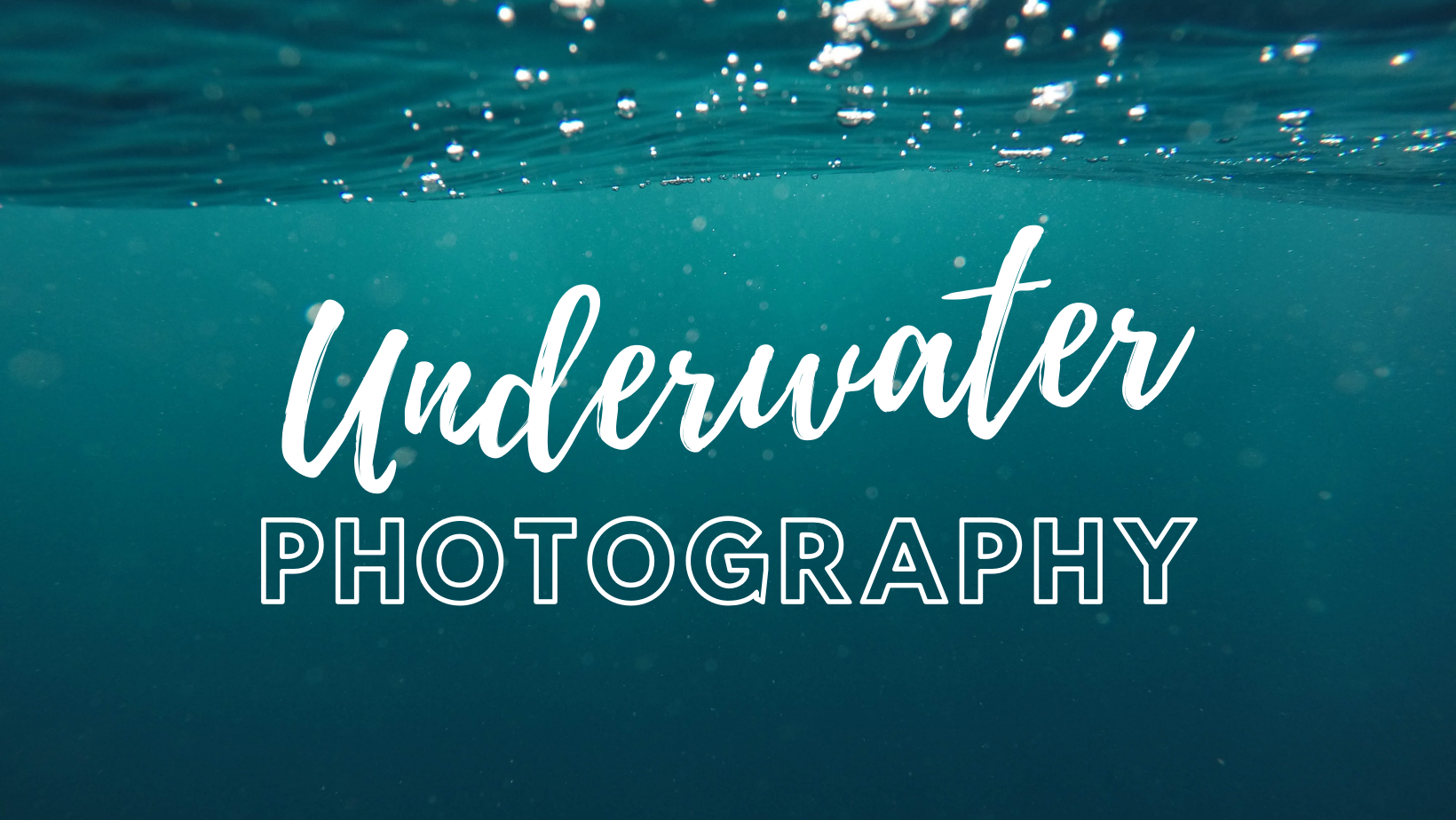Before diving into underwater photography, you will need an underwater camera and a housing. Then once you have your equipment it is a good idea to get comfortable with your diving skills. Now once you have done this it looks like you are ready to dive into the water and start looking around for the subject of your next photo.
When you first start out with underwater photography keep these tips in mind:
#1 – Get close to your subject – preferably within 12 inches. Water reduces color, contrast, and sharpness.

#2 – Make sure your camera flash is turned on for most photos (within 3-4ft). Check to make sure your flash is set to “forced flash” and not “auto-flash”. If your subject is father away go ahead and turn that flash off. If the flash is off try setting your camera to underwater mode or use manual white balance.
#3 – Get low, shoot at an upwards angle, don’t center the subject, try to fill your frame with the subject
#4 – Set your camera to the highest resolution, and the lowest ISO possible to begin with. Also try shooting in RAW if possible.

#5 – If you are shooting with natural light, shoot in 20ft of water or less, with the sun behind you.
#6 – If your underwater photos don’t look sharp, check to see which shutter speed was used, it should be 1/30th for still objects, 1/60th for slow moving objects, and 1/125th of faster for faster moving fish.
#7 Keep your camera zoomed out to the widest setting. This will affect how closely you can focus on your subject especially in macro mode.

There are two types of underwater shots that you may want to concentrate on:
#1 Close-up Shots
Use macro mode, forced flash, auto-white balance, spot-focus, with the subject no more than 5-6 inches away. Aperture priority (AV) mode if available, F8, otherwise program mode.
#2 Scenic Coral/Reef Shots
Stay several feet away, macro mode off, flash off, custom white balance, Evaluative (matrix) metering, only in shallow sunny water (25ft or less). Aperture priority (AV) mode if available at F2.8, otherwise program mode.

Now once you have your photos back home you can edit them using software if you choose to make any changes. Keep in mind don’t over saturate your photos. Try to only go up on saturation 5-10% at most.






